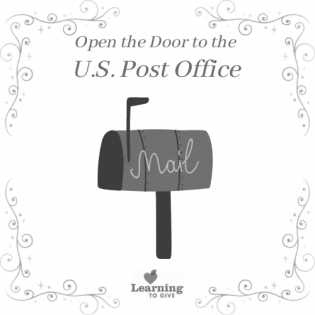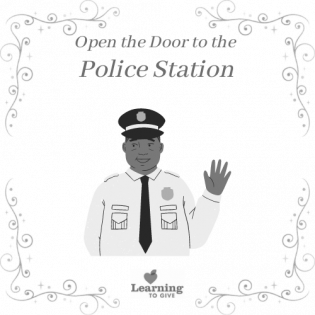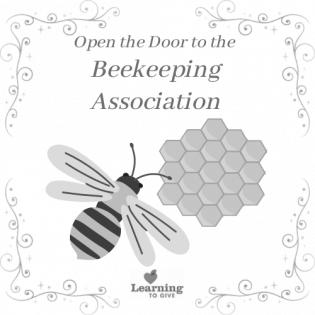Open the door to your local U.S. Post Office and find out how letter carriers make your community a better place. In addition to delivering mail, the Postal Service honors famous people, raises money for issues like breast cancer and environmental concerns, and serves as community connectors. Learn about this organization and how you can help.
Filter by subjects:
Filter by grades:
Filter by audience:
Filter by issue area:
Filter by content type:
Filter by resource type:
resource search
Open the door to your local animal shelter and find out how organizations who care for homeless animals make your community a better place. Animal shelters provide a service to ensure cats, dogs, and livestock receive these basic needs. Learn about this organization and how you can help.
Open the door to the center for the blind and visually impaired and find out how advocates for people who are blind make your community a better place. People who are blind or visually impaired are just like sighted people. The best thing we can do is seek to understand how to communicate and be respectful of their abilities and interests. Learn about this organization and how you can help.
The "Open Doors to Your Community" project is a virtual door that guides young people to the actual door of local resources so they can learn about their community, take action, and build connections and understanding of their roles in community.
Open the door to your local police station and find out what they do to make your community a better place. A local police department serves communities by keeping people safe, enforcing laws, developing relationships, and making sure young people have the resources they need. Learn about this organization and how you can help.
Open the door to the local beekeeping association or apiary and find out how beekeepers are saving pollinators and addressing the need of environmental sustainability. A beekeeper takes care of bees and helps individuals and communities set up sustainable beehives. They educate people on the importance of bees and involve youth in learning about habitats, financial sustainability, and the importance of being part of a supportive community. Learn about this organization and how you can help.
Learners identify business, governmental, nonprofit and/or individual efforts to keep our water supply clean and promote the common good. Learners will describe water as a scarce natural resource and share techniques for water conservation that everyone can use.
Philanthropy in American Indian and Alaskan Native cultures is not a new phenomenon—there is a long and rich history of indigenous giving traditions, and today there is a growing nonprofit sector devoted to social justice and development of Native communities in the United States. This paper examines overarching themes of Native American philanthropy (there are over 500 registered tribal nations in the continental US, and all celebrate their own giving and receiving rituals and traditions specific to their own communities), how the practice of Native American philanthropy has changed over time, and what the nonprofit sector within tribal communities looks like today. Additionally, this lesson will offer specific examples of youth-centric philanthropy and its focus on preserving Native culture for future generations.
There are many ways to be healthy and safe. We can build physical health with exercise and games, healthy food, and sleeping. We can maintain mental health with meditation, relationships, volunteering, and self-care. The health and safety of ourselves and others is important for a healthy community. These lesson plans, project ideas, and community resources help youth understand and advocate for healthy and safe choices for self and community, as well as learn about advocacy for good practices, disease research, anti-smoking/vaping, and mental health.






